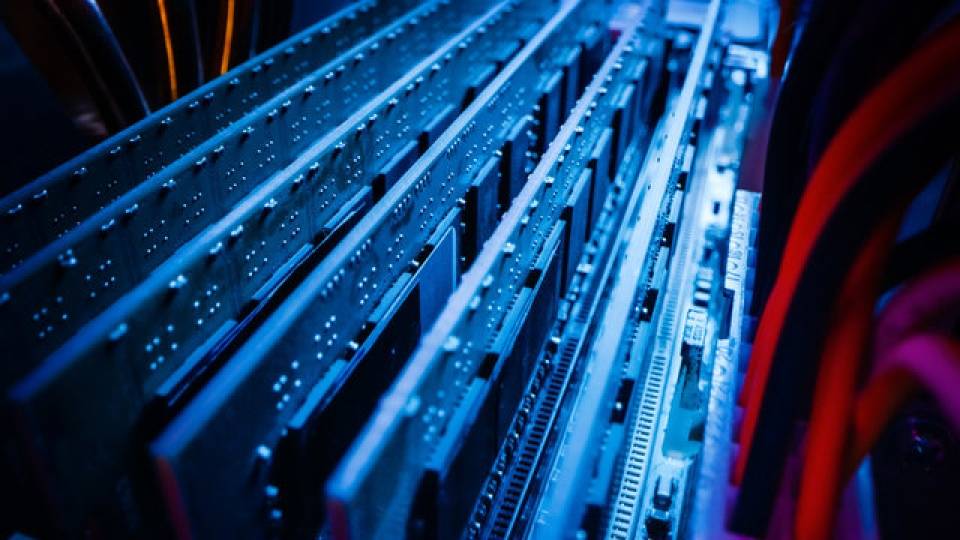How Many Pins Does My Ram Have?
A lot of modern computers come with at least one or two processors or CPUs. Not all of them are the same though. One of the most important differences in the number of pins on the CPU. The more pins, the more powerful your computer will be.
When computer RAM is less than the maximum, it is time for a memory upgrade! A common question for people shopping for new RAM is how many pins their system has. This article will explain how to find out what number of pins your ram have and what you need to know when purchasing a new RAM kit.
If you need to know how many pins your ram has, there are a few ways. The first way is by using the command prompt. If you open the command prompt and type in “SystemInfo,” it will give you a list of components and specs including Processor: Intel Core™ i5. You can find out the part number through the following command.
The easiest way to find this information is to remove the RAM from the computer and look on it for a logo, serial number, or something else that can be used to verify its size. If one is not present, most computers will have a tool in their motherboard that will tell you the RAM amount. You can also count the number of memory slots on your laptop or computer.

Determine What Type of Computer You Have
A text file is an electronic document. There are different types of files with different purposes. The type of file required for a laptop will vary depending on the specific needs of the user, but they typically fall into two categories: Word processing or Spreadsheets.
A word processing document is never saved as a text file, only as a .docx, .doc, or .odt file, whereas spreadsheets can be saved as either a *.csv or *.xlsx file.
Nowadays, most computer users rely on a kind of RAM (Random Access Memory) to run programs and perform calculations. Ram, a great memory module is typically measured in megabytes (MB) and gigabytes (GB). Ram size is usually shown as a serial number or number such as 8GB or 32GB. The Wmic memory chip gets a devicelocator that describes the type of ram or hard drive. Here you will get a quick tip to determine the number of pin ram for different kinds of ram.
Consult the Motherboard Manual
If you want to know how many pins your RAM has, consult the motherboard manual. The RAM must adhere to the specifications and requirements of the motherboard which is determined by its chipset and form factor.
This is not something that can be determined by looking at the pins on the module. There are two main types of ram; SRAM (static ram) and DRAM(Dynamic ram).
SK Hynix makes it easier than ever to tell how many pins your RAM has. The very first thing you need to do is count the number of pins on your module. If there are fewer than 64, then your module doesn’t have any pins at all and it’s not worth counting.
The number of pins in a DDR SDRAM package varies depending on the kind of RAM. For example, a 128Mb DIMM has 168 pins and a 256MB DIMM has 184 pins. A dram is a measurement of weight in the Imperial system, equivalent to 1/16 of an ounce.
The number of pins in a DDR dram varies depending on the type of fluid being measured. For instance, there are 8 ounces in 1 quart, so there are 8 pins or 8 drams per quart.
The data transfer cycle is the time required for each of the steps in transferring data between memory and the system. It starts when the request for data is received by the memory controller, which then sends out a start command on an address bus line to find the location of requested data on a DRAM chip.
This can take up to three cycles, with each one taking 125 nanoseconds. The notches are used as a way to track data transfers over time. Memory sticks have a data transfer cycle of 10,000 cycles before it fails. A notch is a physical representation of this data transfer cycle and indicates how many times the stick has been written or read from.
It comes with 128 pins and 2 notches. It is termed as double data rate as it can process two instructions and two writes in each clock cycle.
Conclusion
If you are unsure, then you can just open your computer tower and count them for yourself or ask the manufacturer on their website. First check manufacturer name, product number, and memory type along with other vital information. RAM is an acronym for random access memory, which is a data storage device that stores different files depending on what is being saved. RAM has pins that plug into the motherboard to be able to read or write information on it.









